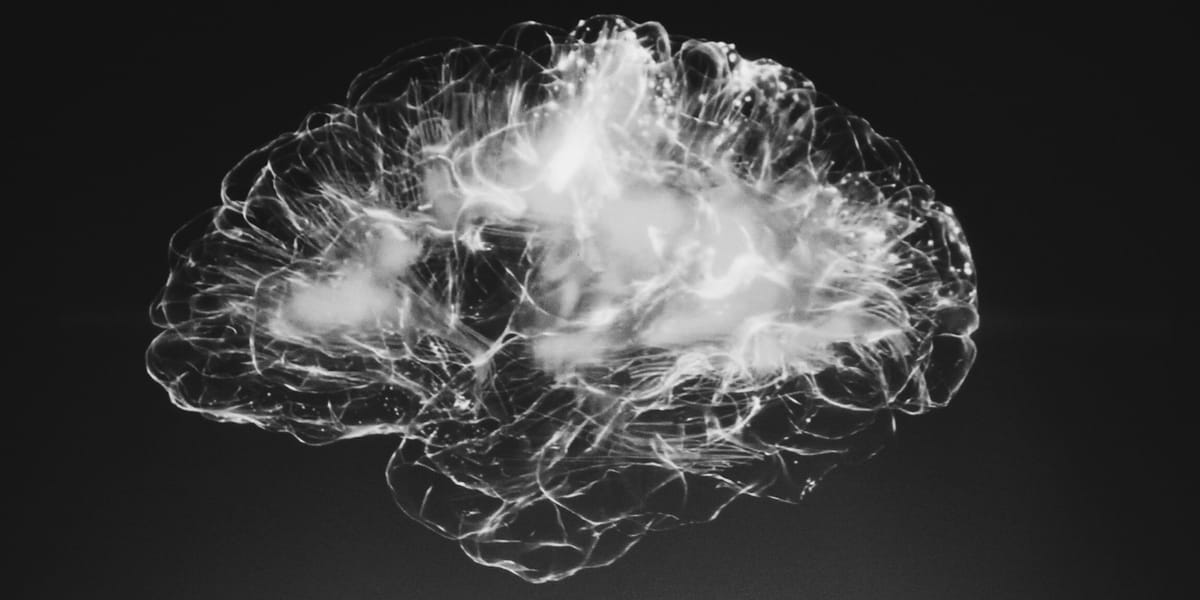The Building Blocks of Thought: Similarity and Mental Maps

How do you instantly recognize a dog, even if you've never seen that particular breed before? How does your brain know that a whale, despite its size and aquatic lifestyle, is more similar to a cow than a shark? The concept of similarity is surprisingly powerful, acting as a cornerstone for how we learn, categorize, and make decisions about the world around us.
Scientists believe that our minds construct something akin to mental maps, known as 'psychological spaces'. On these maps, similar concepts, objects, or experiences are located closer together. Let's imagine this mental map as a vast landscape scattered with familiar items:
- The Neighborhoods of the Mind: A cluster of various birds forms a neighborhood, while over in another part of the landscape, different types of cats group together. The members of each neighborhood share defining features and behaviors.
- The Power of Placement: Where something is placed on this mental map influences how we think about it. Seeing a new creature with feathers and a beak, you'd likely place it in the 'bird' neighborhood, assuming it shares other bird-like qualities.
- Flexible Maps: These mental maps are constantly evolving. If you learn that penguins are birds but don't fly, the 'bird' neighborhood might expand and shift to accommodate this new information.
How Do Scientists Map the Mind?
The tricky part is that we can't directly see these mental maps. Researchers use a variety of clever methods to infer their structure:
- Feature Analysis: One approach is to have people list the features of different objects. Things that share many common features are assumed to be closer together on the mental map.
- Dimensional Thinking: Scientists propose that our minds might organize things along hidden dimensions. A banana and a lemon might both score highly on the "yellowness" dimension, while a chili pepper and a fire engine would both register on a "spiciness/hotness" dimension.
- Computer Models to the Rescue: These theories are turned into mathematical models that can be tested using computers. By comparing how these models make predictions against real human behavior, scientists can refine their ideas about how our mental maps are structured.
Why Understanding Similarity Matters
This research goes far beyond just satisfying our curiosity. Grasping how our minds measure similarity has significant real-world applications:
- Supercharging Learning: Knowing how people naturally form categories could revolutionize education. Designing teaching methods that align with the brain's way of mapping information might allow for smoother and faster learning.
- Advancing Artificial Intelligence: If we want to build AI that can think and reason like humans, we need to teach it the art of similarity. This research helps bridge the gap between human and artificial intelligence.
- Potential for Mental Health: Some mental health conditions, like problems with generalizing knowledge, might be related to differences in how the brain forms these mental maps. Understanding these processes could lead to targeted therapeutic approaches.
Sources for Further Exploration
- Roads, B. D., & Love, B. C. (2024). Modeling similarity and psychological space. Annual Review of Psychology. https://www.annualreviews.org/doi/10.1146/annurev-psych-040323-115131
- Shepard, R. N. (1987). Toward a universal law of generalization for psychological science. Science. https://www.science.org/doi/10.1126/science.3629243
The inner workings of our minds are incredibly complex, but the study of similarity offers a keyhole peek into how we make sense of the vast ocean of information we encounter daily.



